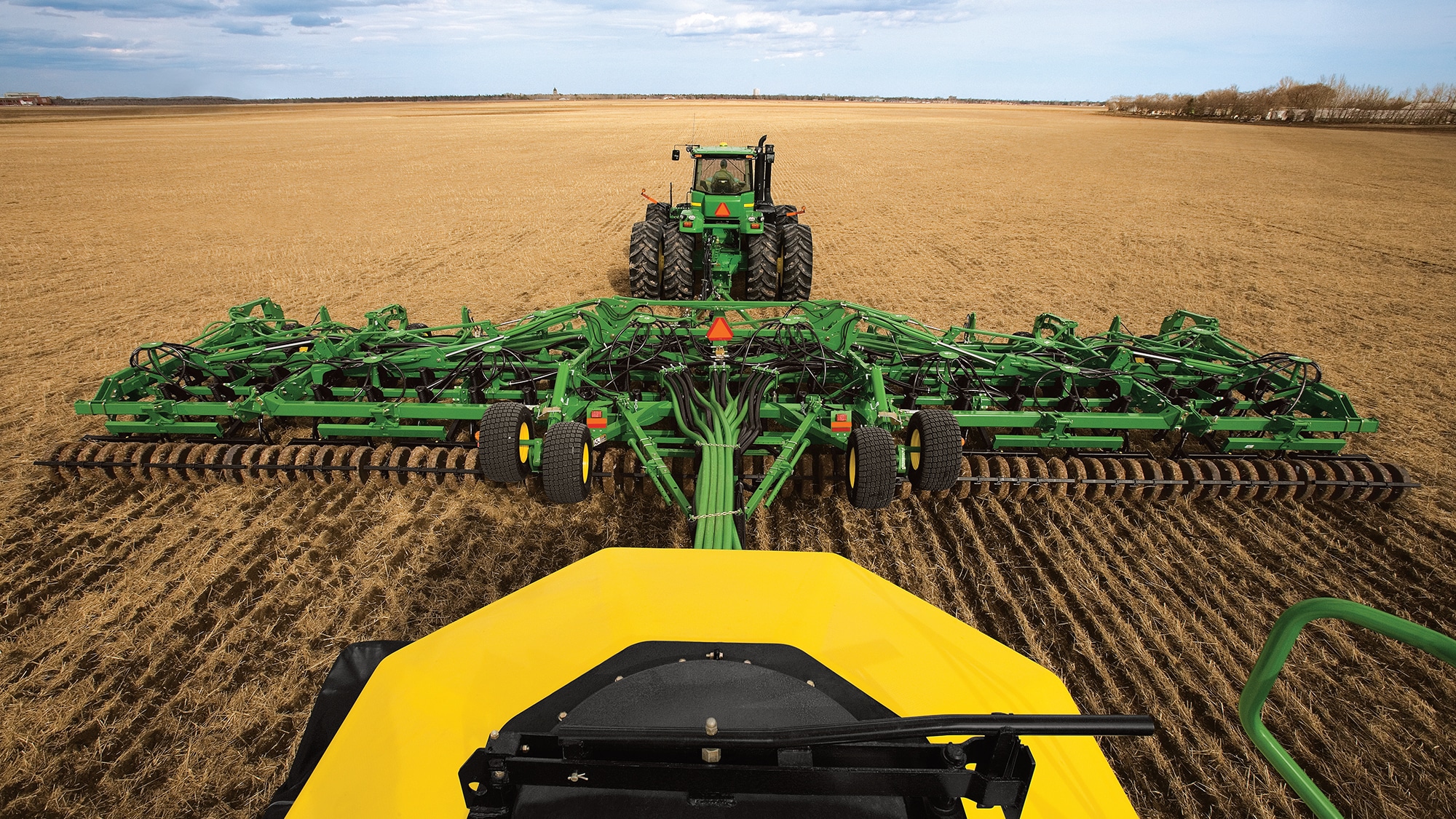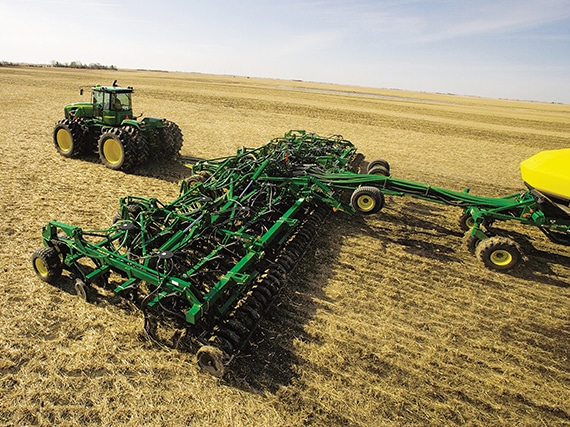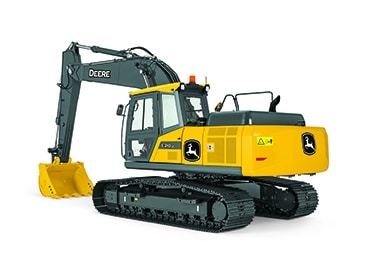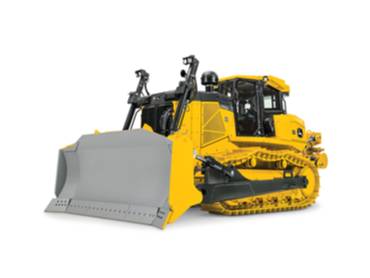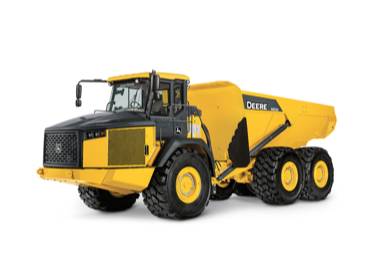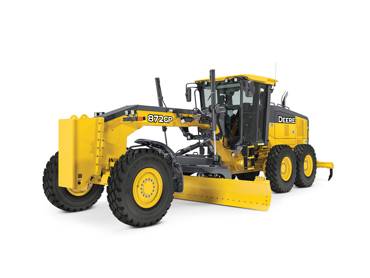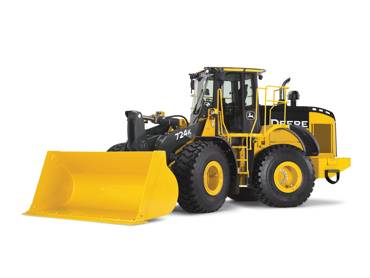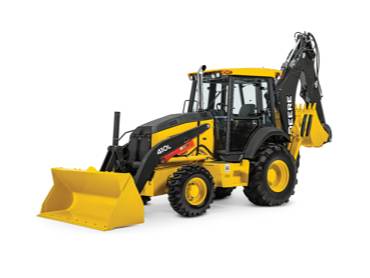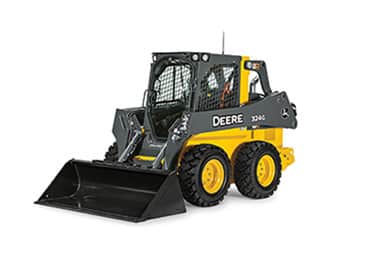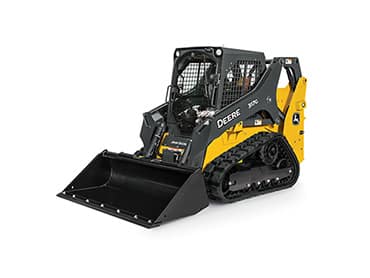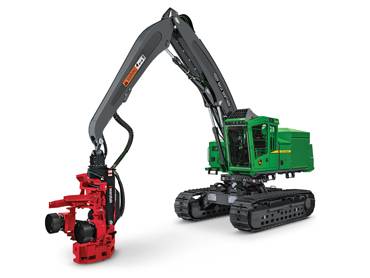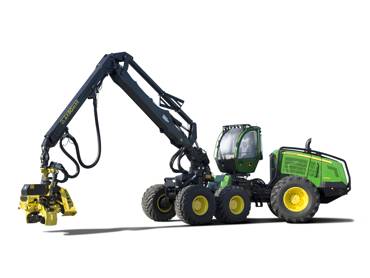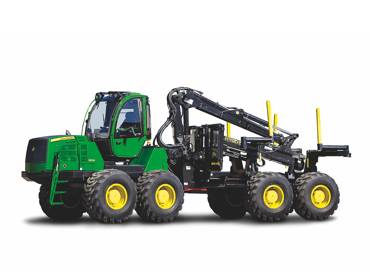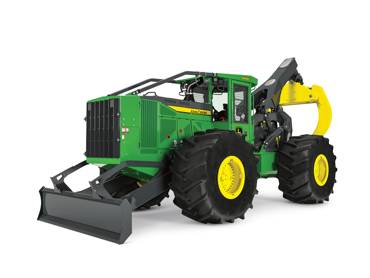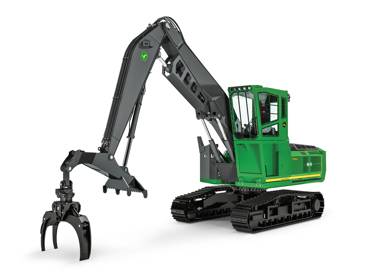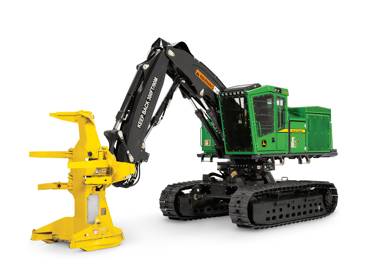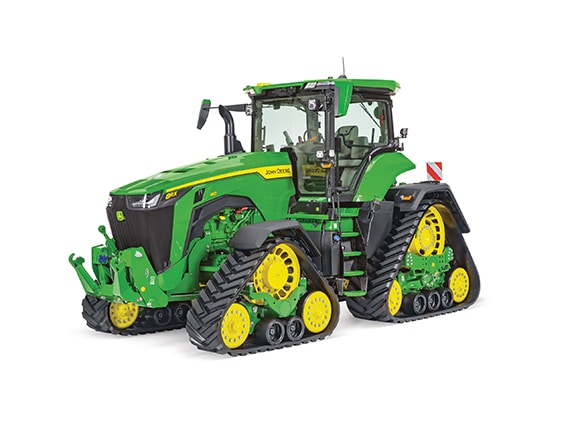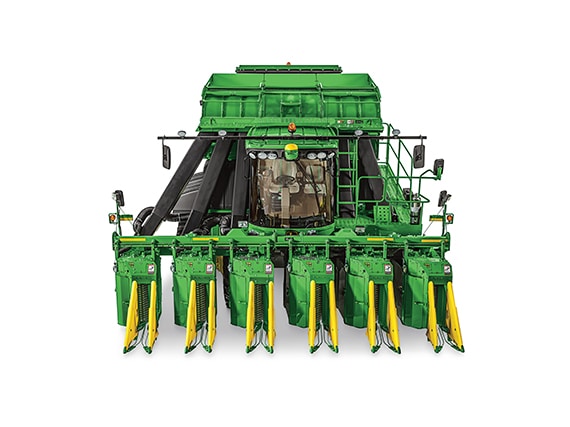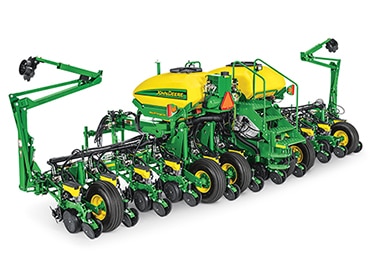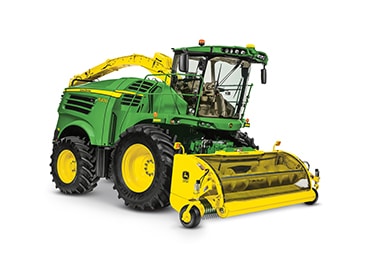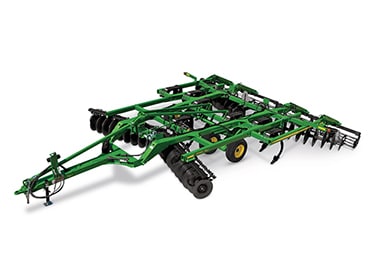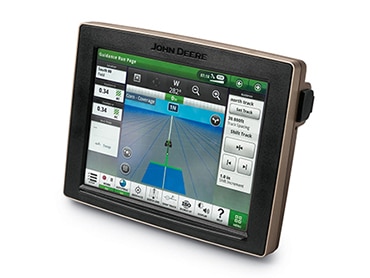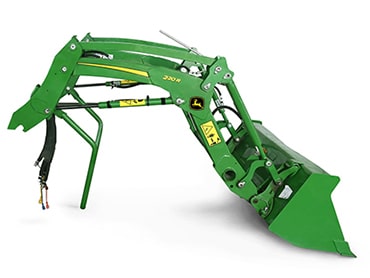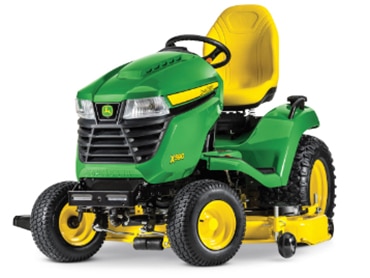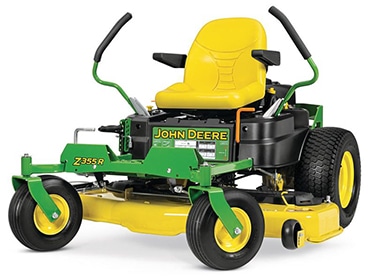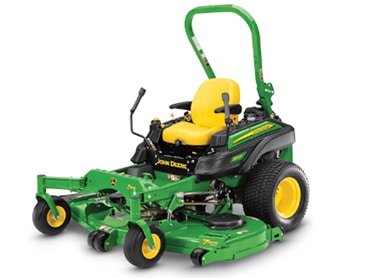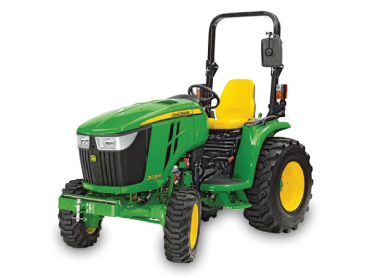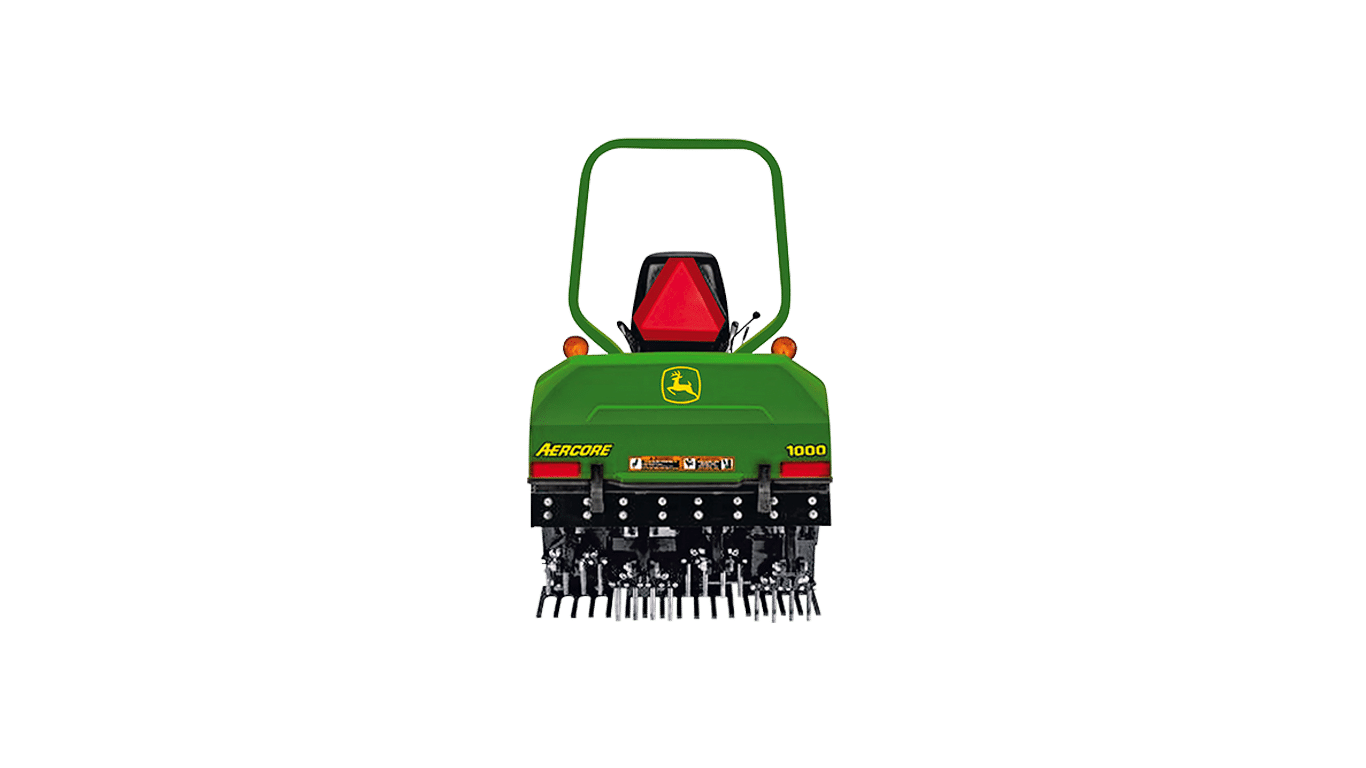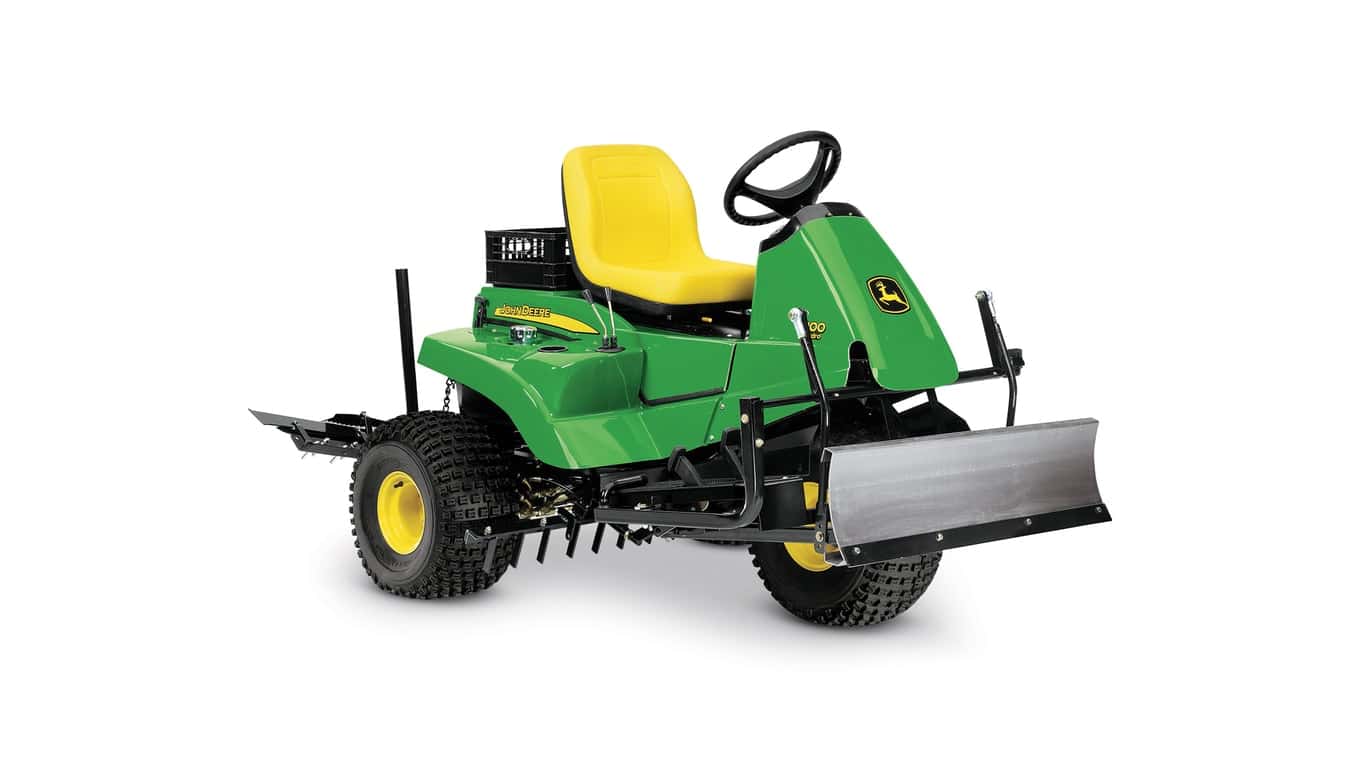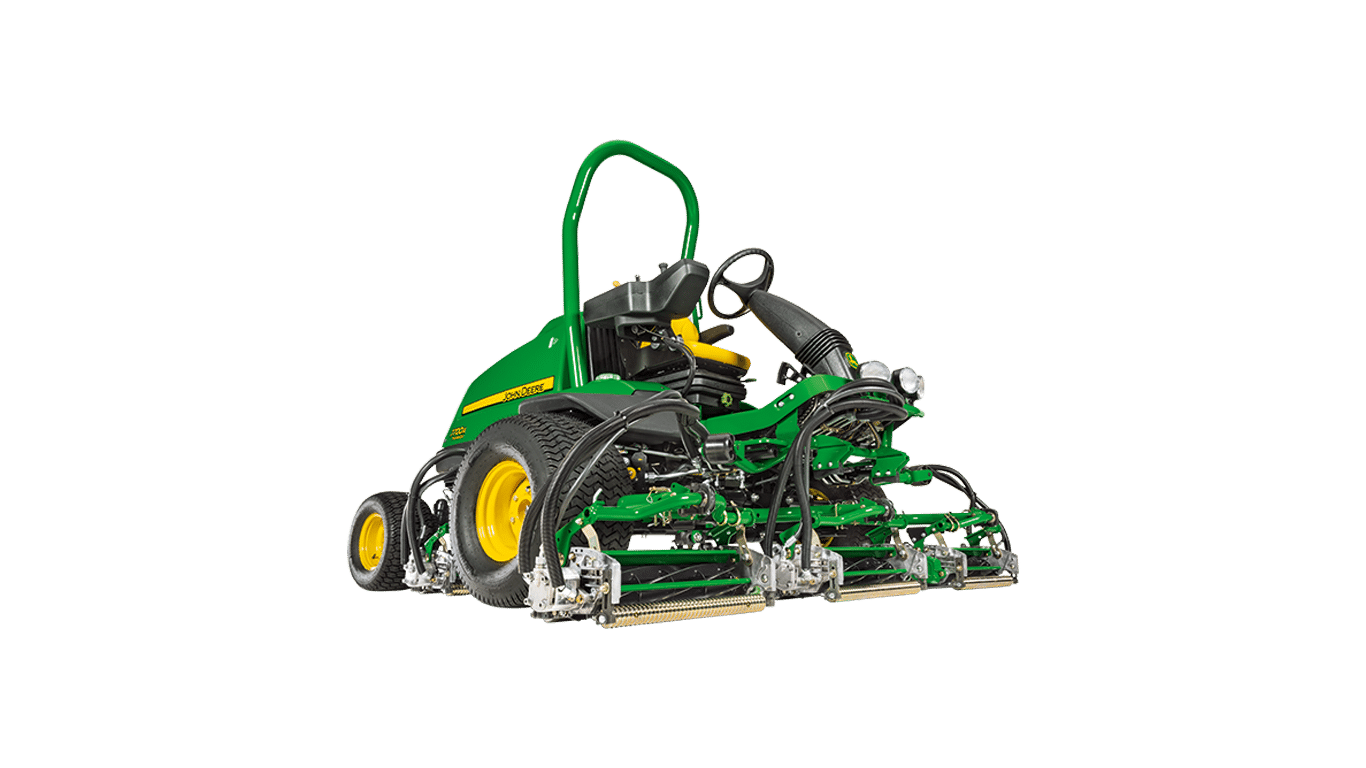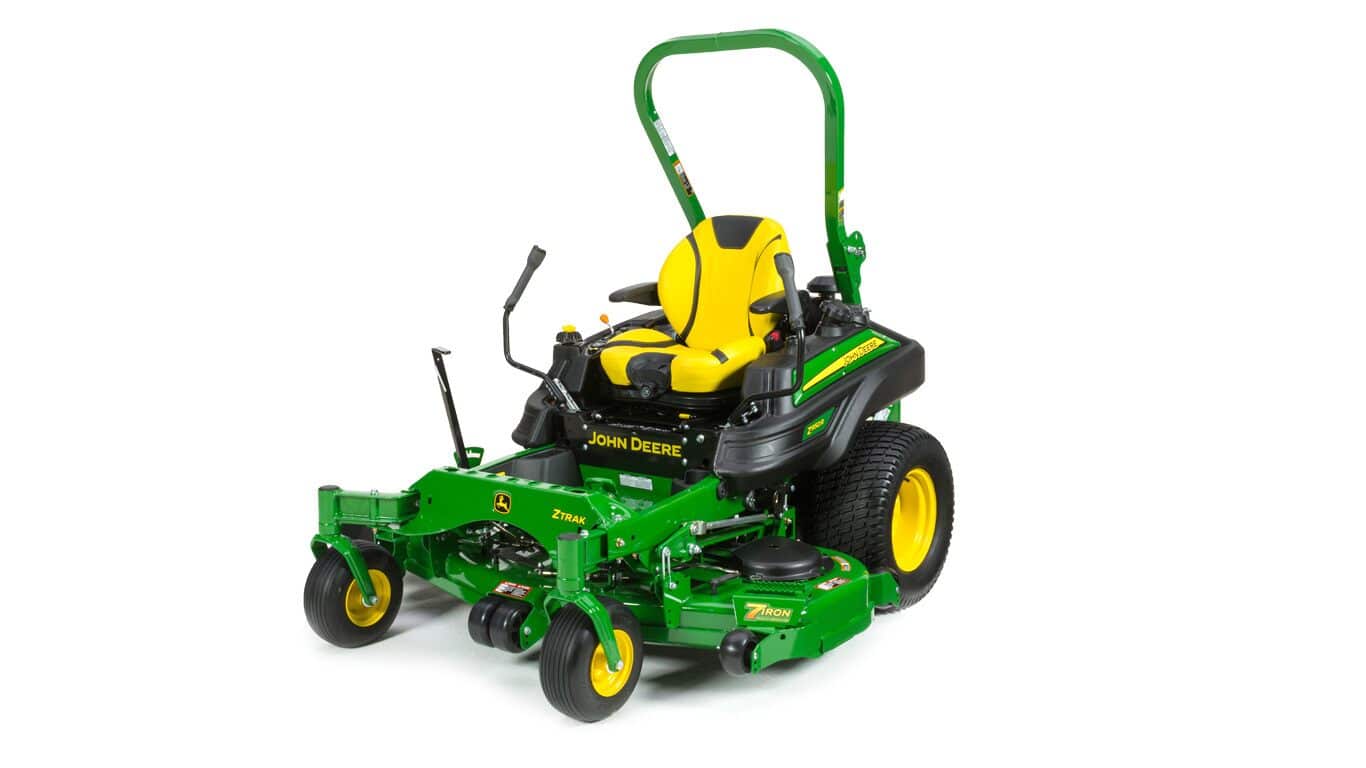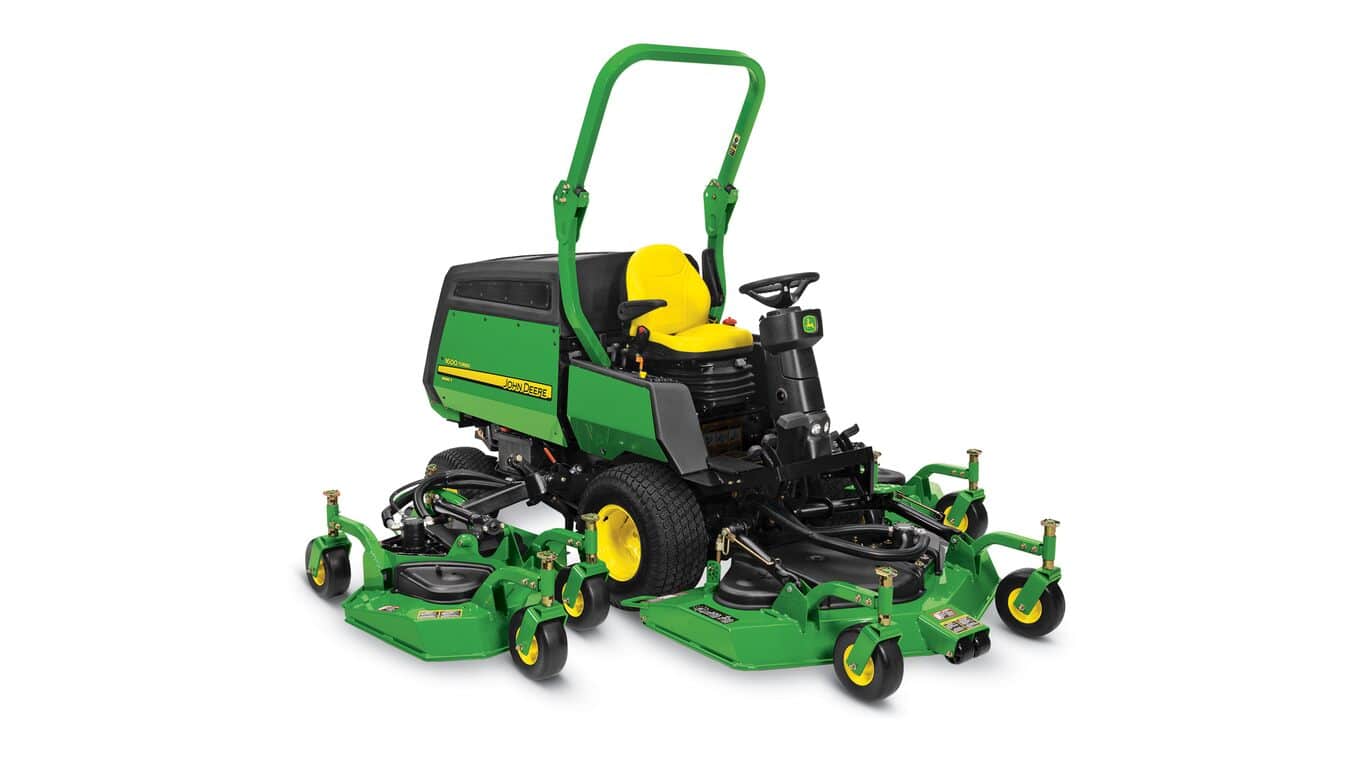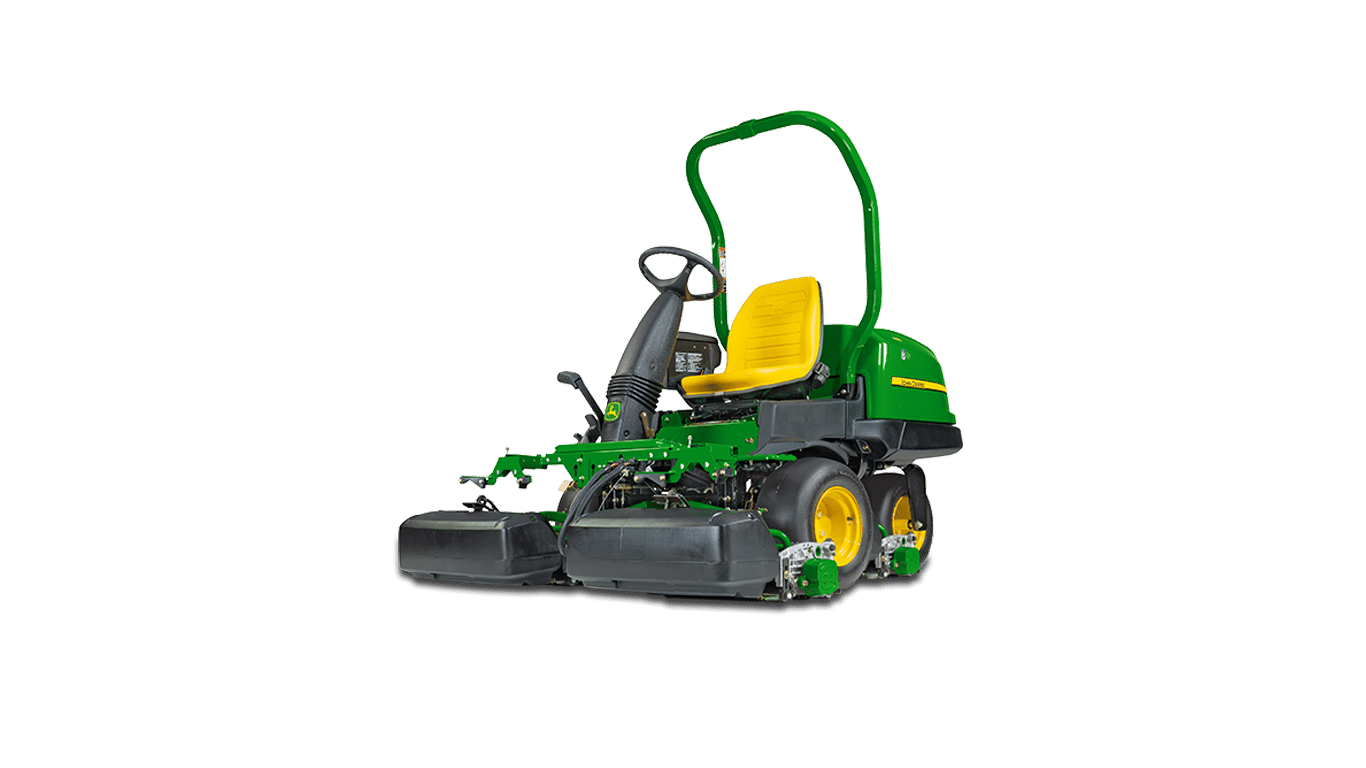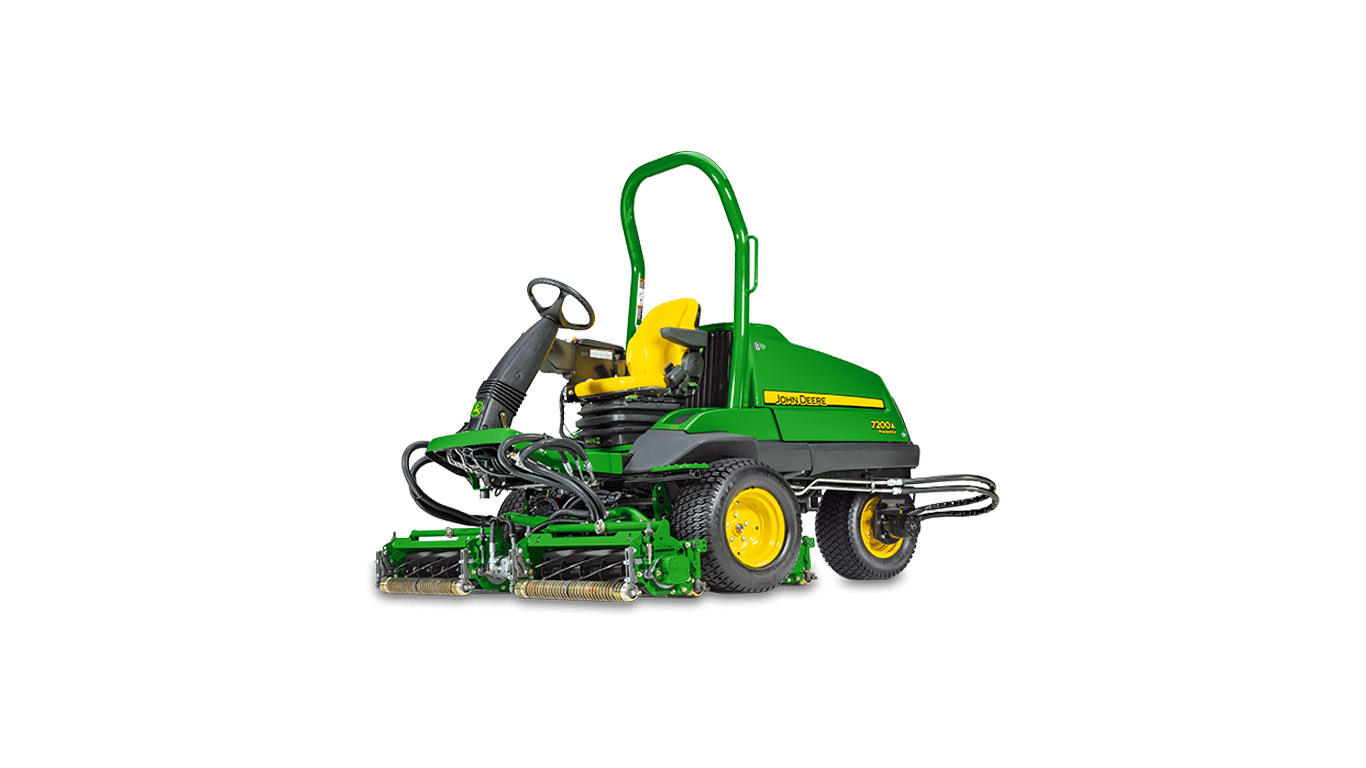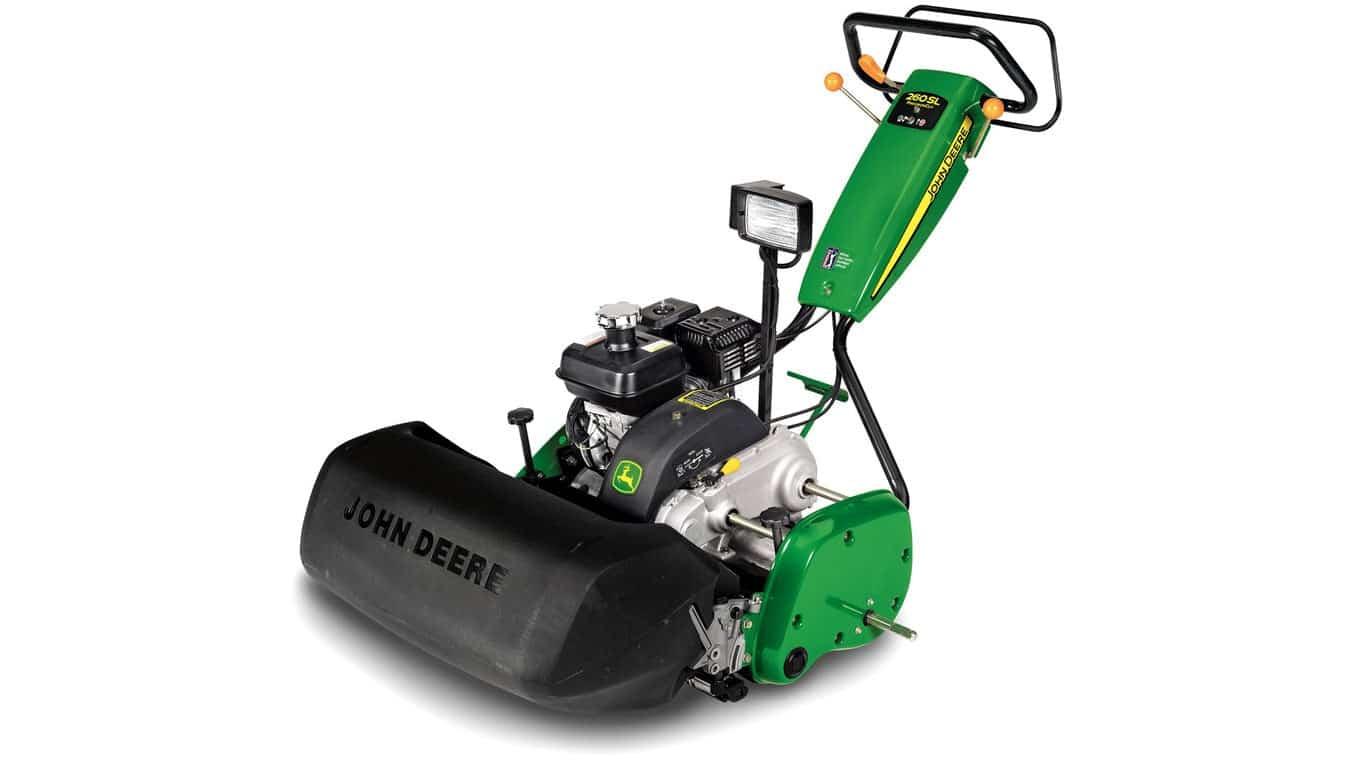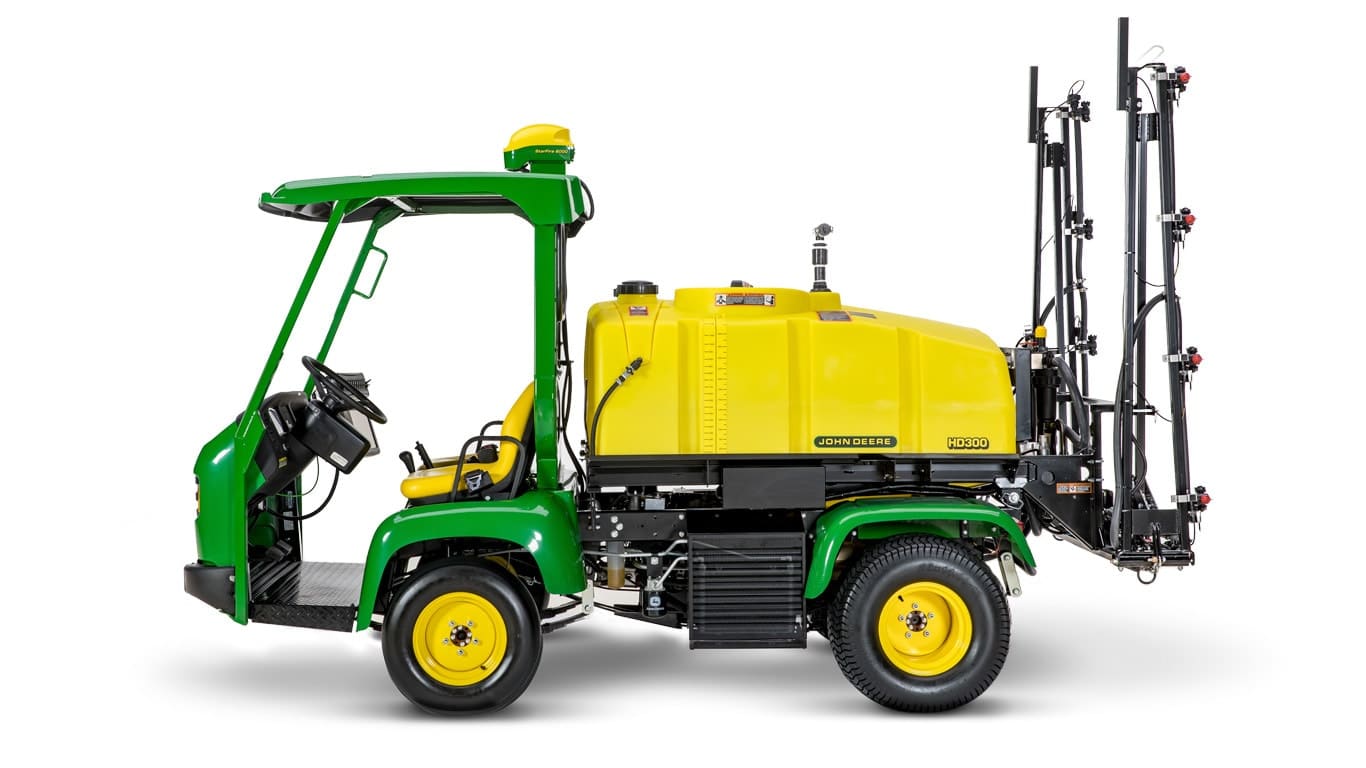Air Hoe Drill
- Choice of ground-engaging openers
- Parallel Tracking™ or AutoTrac™ compatibility
- Focused on proper air hose routing
- Additional operators manuals and decal kit
Features
Longer machine life with flexible frame
Most producers view purchasing a seeding system as a long-term investment. The life requirement of these robust machines is four times longer than previous models. That is why the John Deere seeding group has built even more durability into the 1830 and 1835 Air Hoe Drills.
An advanced and rigorous testing program has proven the machine durability to the extent that John Deere now offers a three-year frame warranty with each 1830 and 1835 that rolls out of the factory.
Seed smart with confidence that the 1830 and 1835 will endure the field conditions.
Positive depth control features and options
John Deere understands every operator needs dependable, repeatable depth control that is easily adjustable.
Mechanical depth shims are repeatable and reliable
Two indexed depth shim packs on the mainframe are not only easy to set but reduce the number of adjustment sites over previous designs by up to 60 percent. Less time adjusting means more time seeding.
TouchSet™ depth control
TouchSet depth control makes adjusting depth in response to changing field conditions easy and profitable. On 8R and 9R Series tractors, the operator uses selective control valve (SCV) #1 and the SCV TouchSet control panel to perform all the depth control functions from the seat. Considering yield penalties of 5 percent due to seeding 2.5 cm (1 in.) too deep or too shallow, the convenience of in-cab adjustment pays nicely.
TruPosition™ standards
When the seed depth consistency and row spacing integrity are top concerns, this low-maintenance design will not compromise.
This can translate to a more than 5 percent yield increase by maintaining seed depth in tough ground conditions. The no-bolt design means avoiding maintenance costs and damaging downtime down the road.
Harrow
Seed depth consistency is a function of initial seed placement below the soil surface and displacement of soil over the seed row. When soil throw from the openers is great enough to cover up neighbouring seed rows, a harrow is recommended to level the seedbed and equalise displaced soil over all seed rows prior to packing.
Equipping an 1830 with the optional two-bar harrow helps level the seedbed before packing, ensuring an even distribution of soil over all seed rows. Adjustments include both vertical and tine-pitch, allowing the operator to set the harrow for the level of aggressiveness needed to level the seedbed.
1830 and 1835 Air Hoe Drills hydraulic lift circuit
The 1830 and 1835 feature a simplified hydraulic system due to a common rockshaft design in the lift circuit. Not only does this tie all sections together ensuring consistent depth from mainframe to wing, it also eliminates 50 percent to 67 percent of the hydraulic cylinders, reducing the chance of hydraulic failure.
Common rockshaft design
-
No rephasing of hydraulic cylinders
-
Fewer hydraulic components and hoses to maintain
-
Seed with confidence that all air hoe drill sections are seeding at the same depth.
Choice of ground-engaging openers
Knife bodies and points
The knife bodies are available in 2.5 cm (1 in.) or 10.2 cm (4 in.) spread points.
Use the 2.5-cm (1-in.) point for low disturbance or, if a wider spread pattern is desired to increase seedbed utilisation, use the 10.2-cm (4-in.) point. The points can be quickly changed with a single roll-pin fastening system and feature carbide tips to ensure long life. The knife bodies also feature a positive hose retention system with provisions for a hose clamp to hold the hose in place.
Perma-Loc™ spoons and sweeps
Perma-Loc spoons and sweeps from John Deere offer reduced maintenance because the Perma-Loc design enables a change-out up to five times faster than traditional bolt-on components.
Separate fertilizer placement (SFP) offers growing advantages
The 5-degree fertiliser opener:
- Is required for liquid and anhydrous (NH3) fertilizers
- Will also apply dry fertiliser
- Opens a smaller trench than the 7-degree opener
- Is better able to capture anhydrous and liquid fertiliser and seal fertilisers in the soil.
Key features of the SFP opener are:
- 457.2-mm (18-in.) opener blades operate at 5 degrees, resulting in a narrow trench with less soil disturbance
- Fertiliser tubes are interchangeable among dry, liquid, or anhydrous (NH3)
- Closing wheel assembly is closer to the fertiliser delivery tube; provides increased fertiliser retention
- Serrated closing wheels are base equipment on anhydrous openers and optional on liquid and dry openers
- Extended-wear (chrome alloy) fertiliser boots are standard equipment
- Choice of five different gauge wheels
- Depth adjustments in 6-mm (1/4-in.) increments from 13 mm to 89 mm (1/2 in. to 3.5 in.) deep.
Opener furrow-closing wheel
The 25-mm x 305-mm (1-in. x 12-in.) cast closing wheel follows the press wheel to close the furrow, placing soil over seed or fertiliser after the press wheel secures the seed in the furrow.

 MyDealer:
MyDealer: